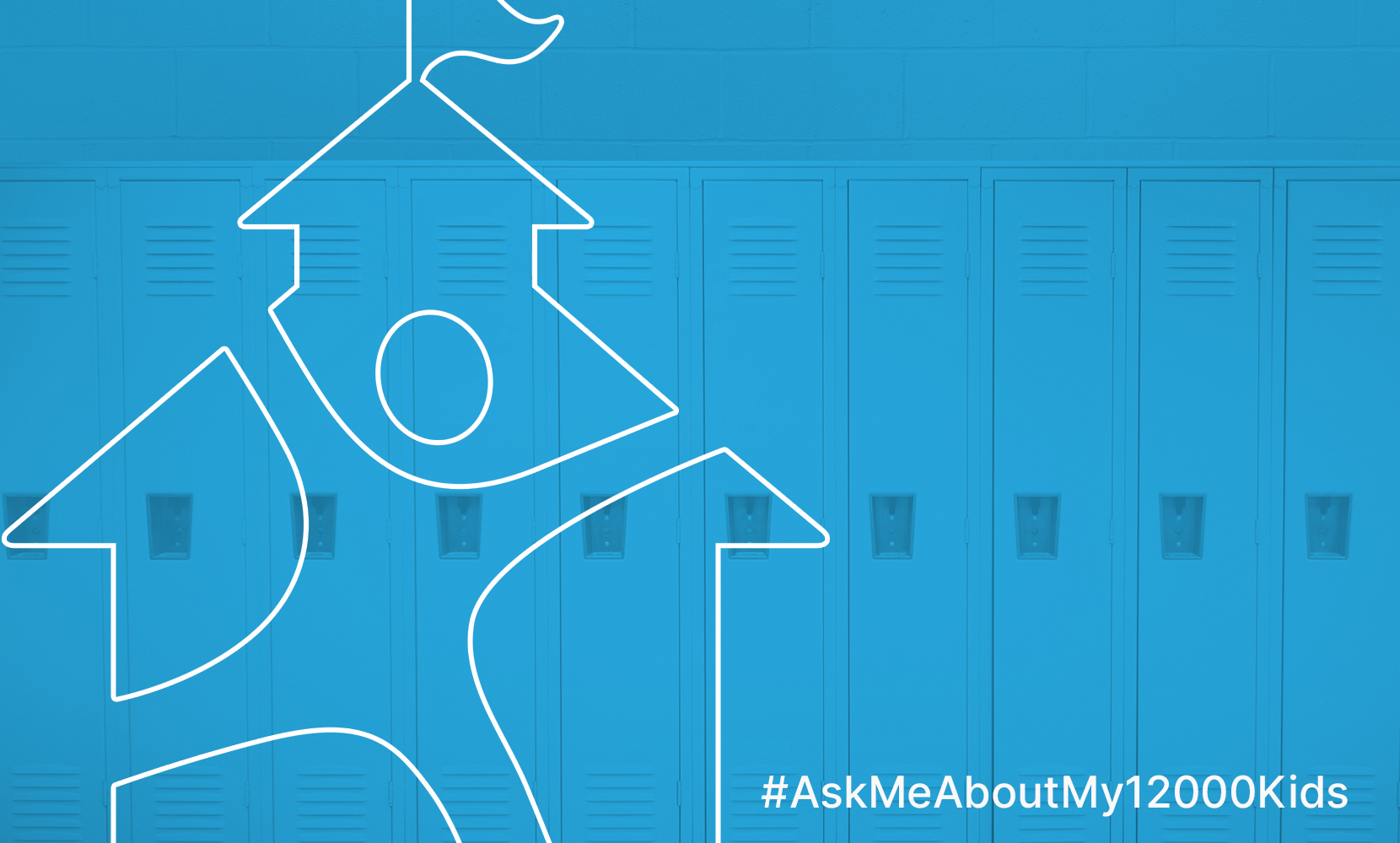 As we discussed in last week’s post, experts who study creativity remind us that creativity is not a magical component bestowed to a lucky few children. By virtue of belonging to the human family, we are all innately creative. That means creativity can be taught and nurtured. But how do we do this?
As we discussed in last week’s post, experts who study creativity remind us that creativity is not a magical component bestowed to a lucky few children. By virtue of belonging to the human family, we are all innately creative. That means creativity can be taught and nurtured. But how do we do this?
Fortunately, there are countless ways to unlock and strengthen a child’s innate ability to be a creative thinker. Here are just three ideas.
1. Play the “What else can it be used for?” game.
Round up a common object, such as a stone, a leaf, or a pencil. Spend five minutes listing as many uses for this common object as possible. Not only can this be fun, but a recent study has found that this “alternative use task” can actually improve problem solving!
This finding makes sense. By making the familiar strange, we can see a common object (or problem) from various perspectives. We create fresh views and interesting connections when we imagine possibilities.
One tip: Have kid(s) do this independently. Some studies have found that brainstorming in a group actually produces fewer—and less interesting—ideas than listing them alone. (Brainstorming can still be a good thing for other activities.)
2. Find the second right answer.
Roger von Oech, author of A Whack on the Side of the Head, says that “By the time the average person finishes college, he or she will have taken over 2,600 tests, quizzes, and exams. The right answer approach becomes deeply ingrained in our thinking. This may be fine for some mathematical problems where there is in fact only one right answer. The difficulty is that most of life isn’t this way. Life is ambiguous; there are many right answers—all depending on what you’re looking for. But if you think there is only one right answer, then you’ll stop looking as soon as you find one.”
Rarely is it the first idea that pops in our mind the best idea. Encouraging kids to look for a second, third, fourth, and even the twelfth right answer, stirs creativity. It builds receptivity to new ideas and considering problems from various viewpoints. Encouraging this type of open-minded thinking also offers a side-benefit: not falling in love with one particular way of doing something.
One simple way we can help kids search for a second right answer is to pay attention to the type of questions we ask. Do we frame questions so that they are open-ended and invite more than one answer?
Why else do you think that might be? What other reasons could there be for that? What other ways could this problem be solved?
[Bonus material: We get better answers if we ask better questions. For example, how many of us have turned to a child we love and asked, How was school today? This terribly uninspiring question—asked by many well-intentioned grownups—tends to elicit responses like “Good.” Okay.” “Hmmphf.” Can you think of a better way to ask this question? Let us know and if we get some interesting questions, we’ll test them out with kids and share their responses in a future post.]
3. Practice being impractical.
Too often, as grownups, we can find ourselves in a “Be Practical” mindset. We shouldn’t waste time devoting energy to useless activities, right? We should be productive, right? For Von Oech, “Be Practical” is a mental block to creativity and can easily be knocked down by posing “What if?” questions. And the sillier, the better.
What if trees grew upside down, with their leaves in the ground and their roots in the air?
What if we walked backwards all day?
What if you could fly for one hour every day?
Asking silly “What if?” questions and answering them (there is more than one right answer!) stretches the imagination. Kids love coming up with these types of questions and answering them. At the same time, it prepares their young minds for asking/answering questions and generating fresh ideas to challenges (both big and small) that will arise throughout their lives.
Remember, each one of us and our 12,000+ kids has creativity as an ingredient in our cupboard. We just need to take it out and use it. We’ve just shared three recipes. Now get cooking!
Tags: asking questions, creativity, encouraging creativity in children, strategies to enhance creativity in children






